Volcanoes 🢔 Geological wonders 🢔 Categories of wonders
Wonder
Erta Ale
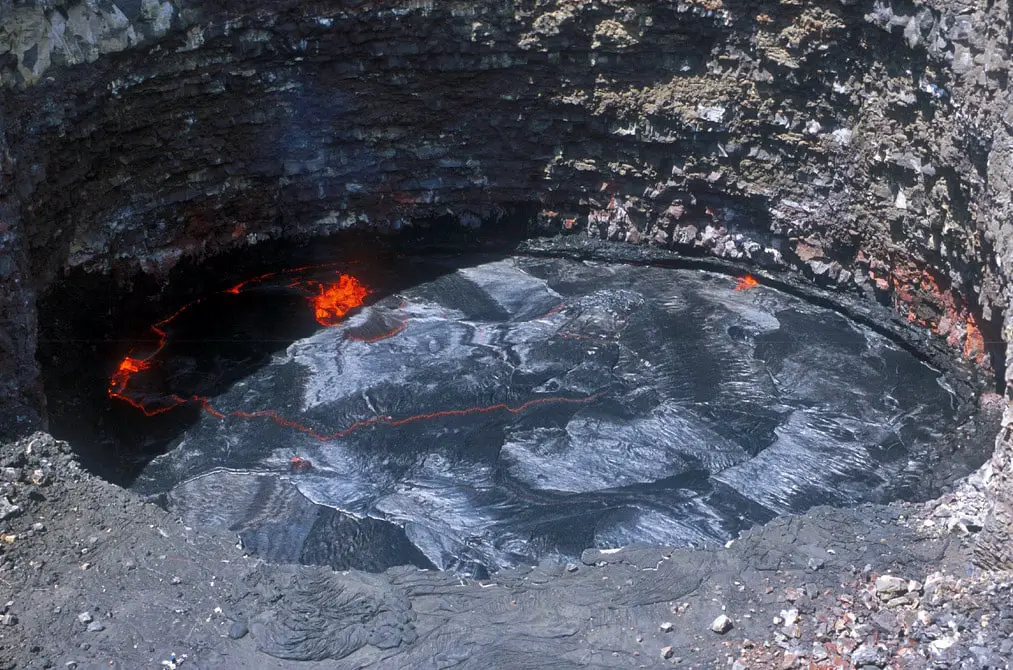
 In short
In short
The longest living lava lake in the world is found in the crater of Erta Ale – a very remote volcano in Ethiopia. Visitors to this place tell that this is an unforgettable sight – but coming here is hard and could be very dangerous.
 60.6%
60.6%
GPS coordinates
Location, address
Alternate names
Meaning in Afar language
Height
Map of the site
If you see this after your page is loaded completely, leafletJS files are missing.
 In detail
In detail
“Smoking mountain”
Erta Ale – the most active volcano in Ethiopia – has formed over the East African Rift system. Here the crust of Earth is spreading: literally, the Earth is opening here and magma is close to the surface.
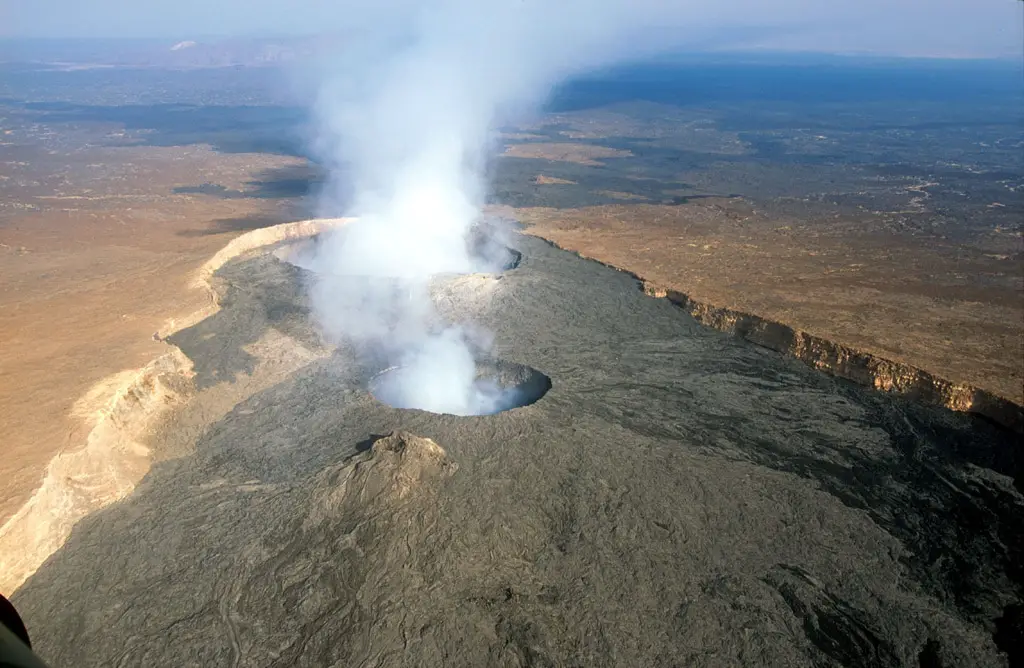
The volcanoes here are not cone-shaped giant mountains that from time to time explode, killing all around them. Erta Ale is a typical basaltic shield volcano with very gentle slopes. This mountain is some 50 km wide and rises approximately 700 meters above the Danakil Depression. The caldera of Erta Ale is complex, approximately 1.7 km long and 0.6 km wide, with several crater openings in it.
Most active are two of these craters – one in the north and one in the south. The famous lava lake is in the southern crater, although sometimes lava lake has been reported also in the northern crater.
Eruptions of Erta Ale
Due to its remote location, Erta Ale has been seldom visited by scientists and we know little about its activity in the past, but there are reports about eruptions in 1873, 1903, 1904, 1906, 1940, and 1960. It is very likely that there were eruptions also in between – or maybe the eruption has continued all the time.
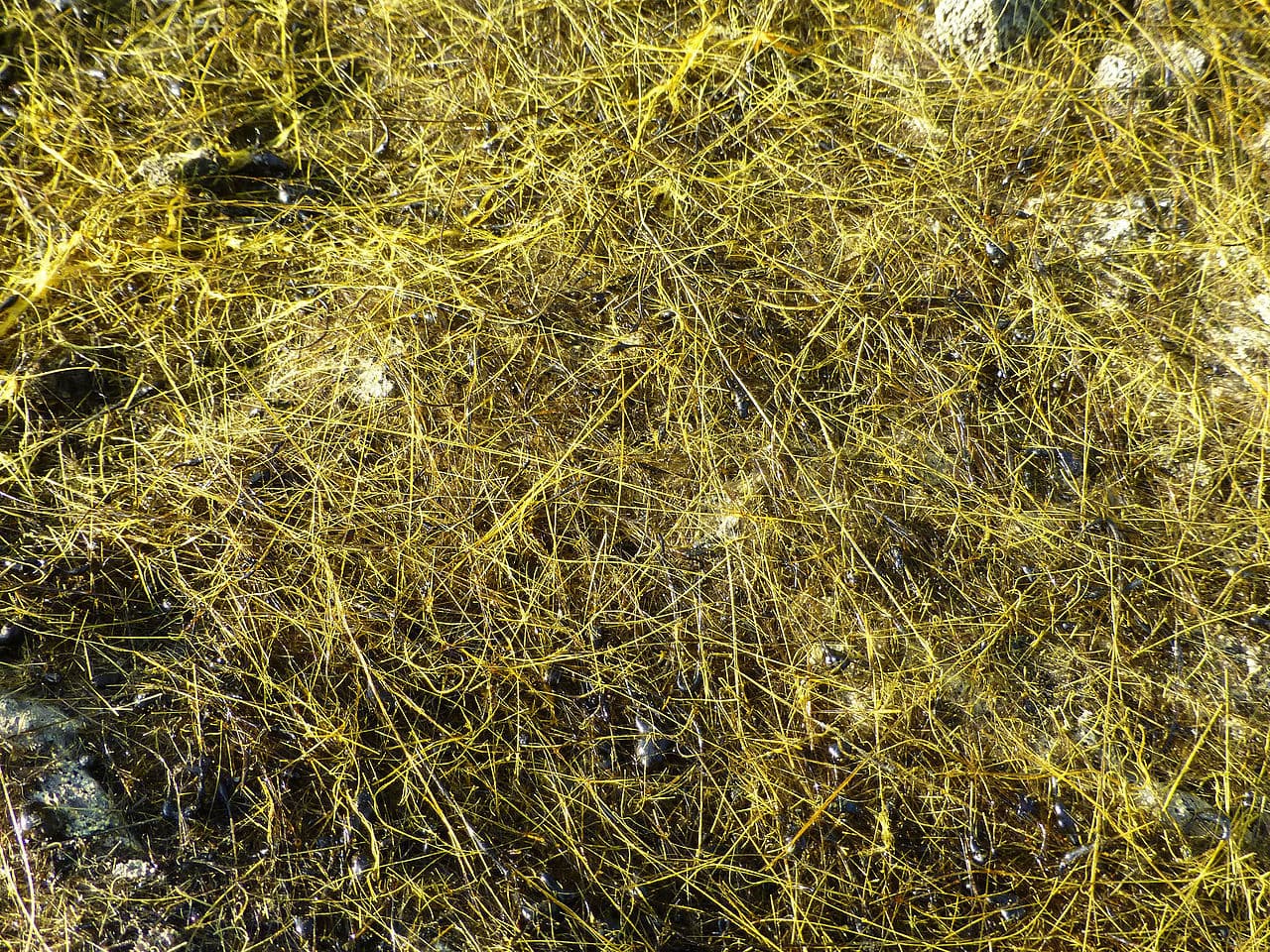
The current eruption started in 1967 and has not stopped since then. Since this time has existed the lava lake, which sometimes overflows the southern rim. There open also cracks in other locations and lava pours out: thus in January 2017 some 7 kilometers south of the lava lake opened a new fissure and huge amounts of lava covered the ground.
Eruptions of such basaltic volcanoes are comparatively silent but nevertheless, dangerous. Basaltic lava could flow quite fast and the gentle slopes of the volcano may lead to unexpected turns of lava flows.
Even if Erta Ale is located in a sparsely populated area, its eruptions may create havoc in local communities. Thus, on 25th September 2005 eruption forced thousands of people to evacuate and killed livestock. Another eruption in August 2007 again forced the evacuation.
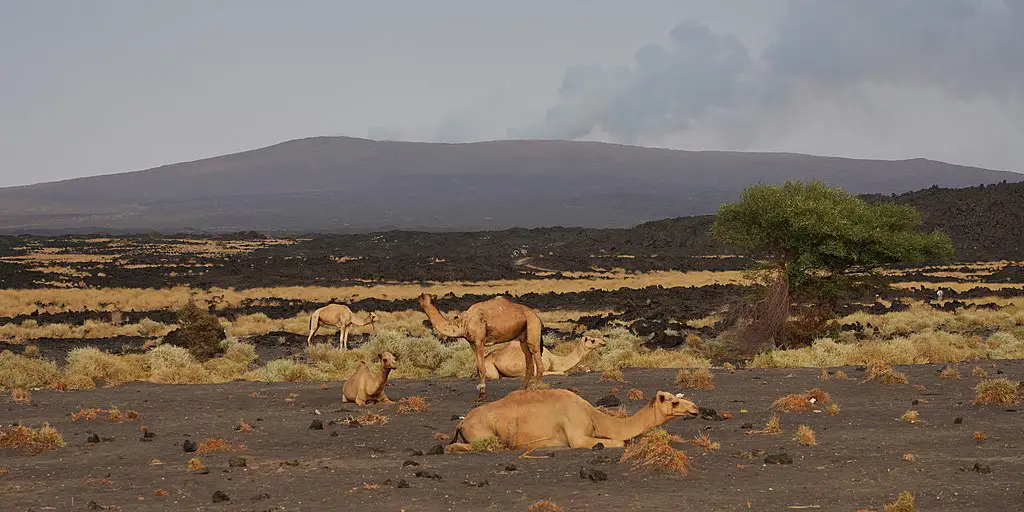
Lava lakes
Lakes of lava are very rare on Earth – and Erta Ale has one of the best ones and nowhere else has it existed that long as here. It is known that lava lake in the southern crater exists since 1967 but it is highly likely that it existed here well before this. There have been reports also about another lava lake in the northern crater in earlier times.
The lava lake is circular, some 50 meters in diameter. In the daytime, it is black, molten basalt with visible cracks of deep-red lava. Meanwhile, at the night it turns out that the whole surface of the lake is emitting a quite strong glow. The sight of the lake is fascinating – lava is constantly changing.
Sometimes the level of lava rises and the lake spills over its rims. At such times the glow of the lava in the night is seen far away from the summit – this is an unusual spectacle of the forces of nature!
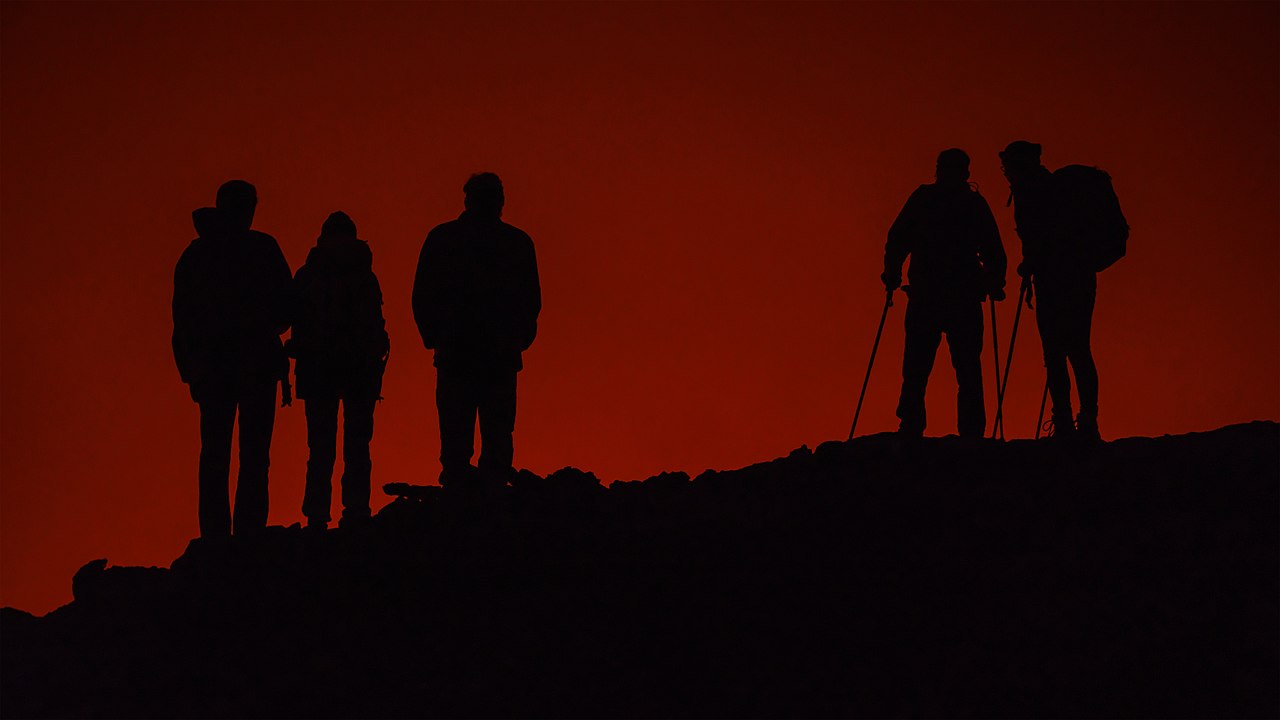
Dangerous tourism
This area is one of the world’s most remote and inhospitable locations and travel to the volcano is dangerous and rather difficult. This is further complicated by the unrest of local people – there have been cases when tourists and scientists have been attacked and killed. Now the tourist groups are accompanied by a military escort.
Nevertheless, Erta Ale has a constant flow of tourists, uniting this trip with the visit to one more unique natural landmark – the colorful Dallol hot springs and geysers.
References
- Erta Ale volcano, Volcano Discovery. Accessed on February 7, 2019
- Fissure Eruptions on Erta Ale, NASA Earth Observatory. Accessed on February 7, 2019
Erta Ale is included in the following article:
 Linked articles
Linked articles
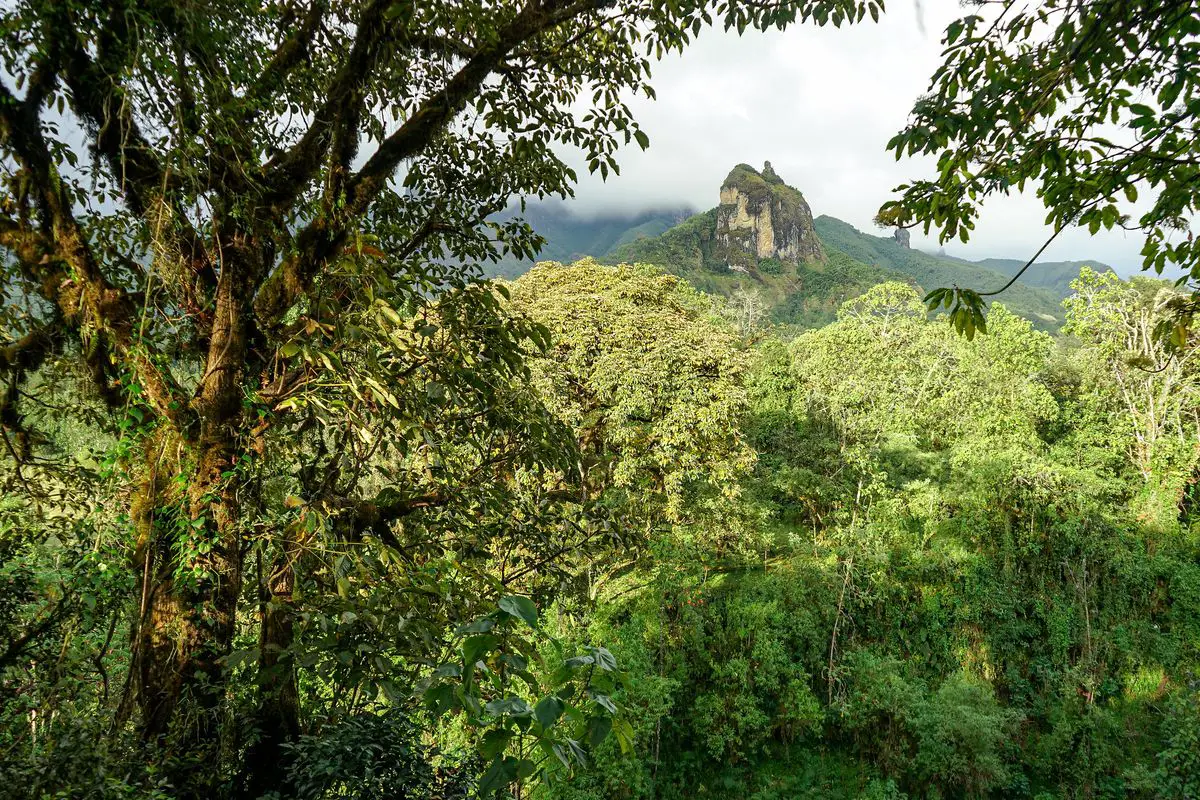
Wonders of Ethiopia
Ethiopia is a very interesting country with a rich cultural and natural heritage. Highlights of Ethiopian heritage are its rock-cut churches, ancient stelae, and megaliths as well as places, where are found some of the oldest hominins and humans in the world.
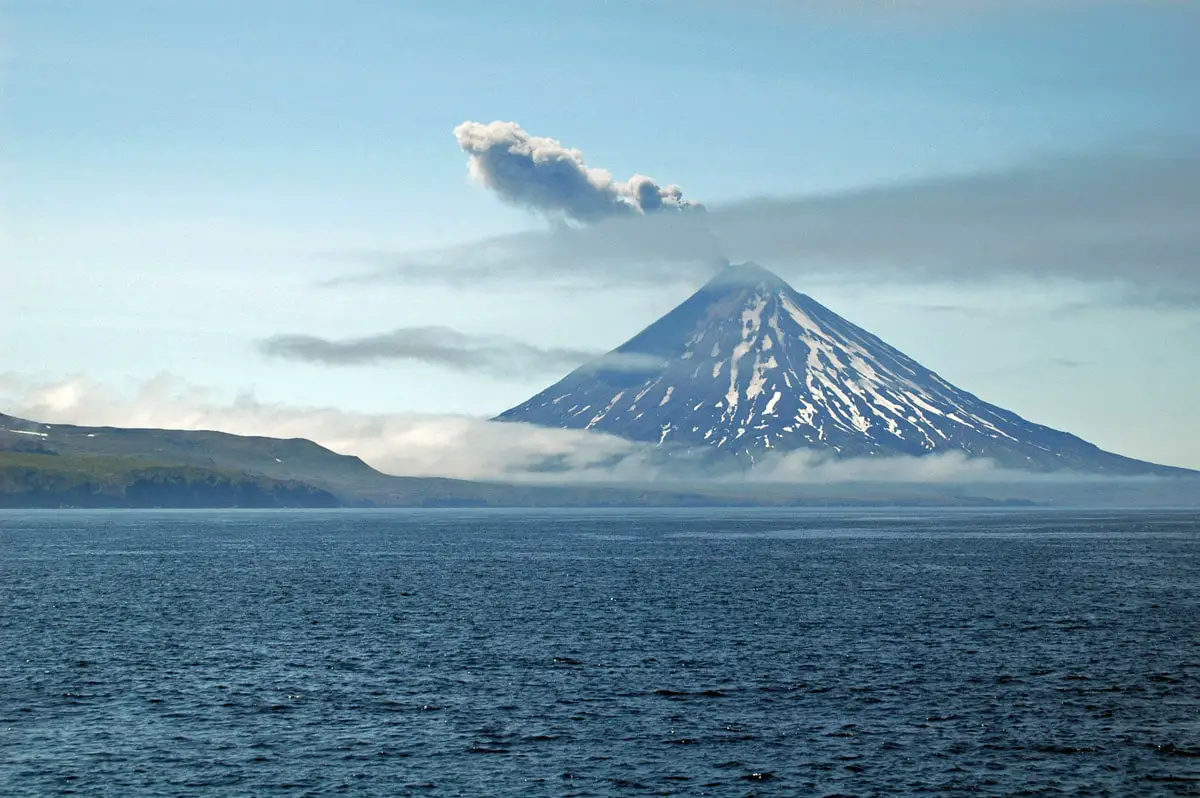
Volcanoes
This category includes the most unusual and interesting volcanoes of the world.
Over the last 10,000 years in some 1,500 places around the Earth mantle of Earth has emitted lava, ash, and gases through the crust of the planet. Each of these places is an active volcano. Some 50 – 70 volcanoes erupt every year and at any moment there are some 20 – 30 eruptions ongoing.
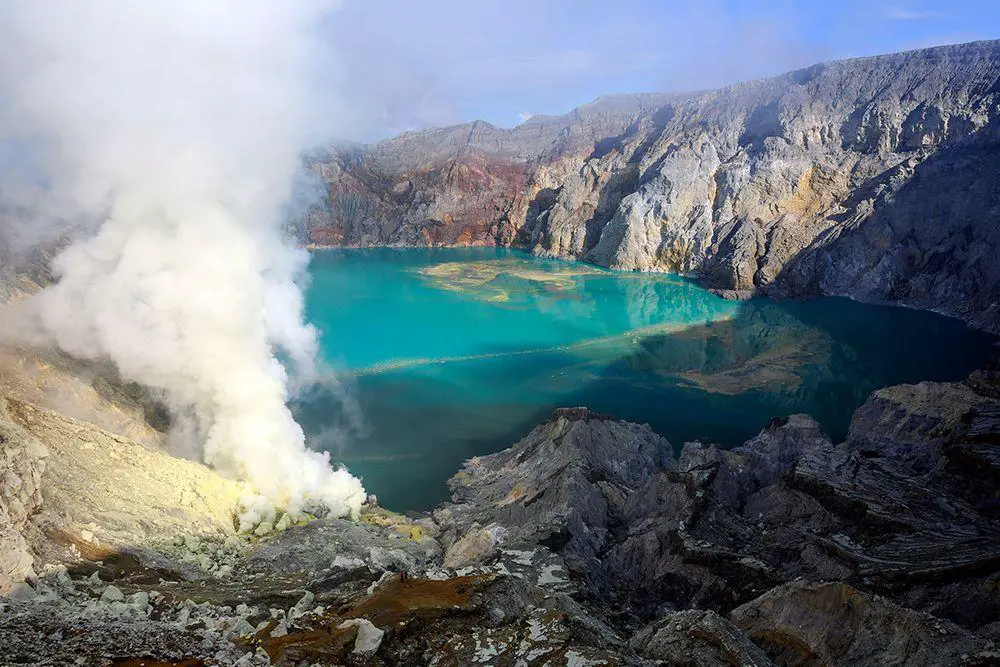
Lakes and streams
There are many factors that can make lakes, sea bays, or rivers unusual. Some lakes have unusual chemical properties and even do not contain water at all – such as lava lakes. Others may have unusual animals living in them or… legends about such animals.
 Recommended books
Recommended books
Volcanoes of the World
This impressive scientific resource presents up-to-date information on ten thousand years of volcanic activity on Earth. In the decade and a half since the previous edition was published, new studies have refined assessments of the ages of many volcanoes, and several thousand new eruptions have been documented.
Volcanoes: Global Perspectives
Volcanoes are essential elements in the delicate global balance of elemental forces that govern both the dynamic evolution of the Earth and the nature of Life itself. Without volcanic activity, life as we know it would not exist on our planet. Although beautiful to behold, volcanoes are also potentially destructive, and understanding their nature is critical to prevent major loss of life in the future.

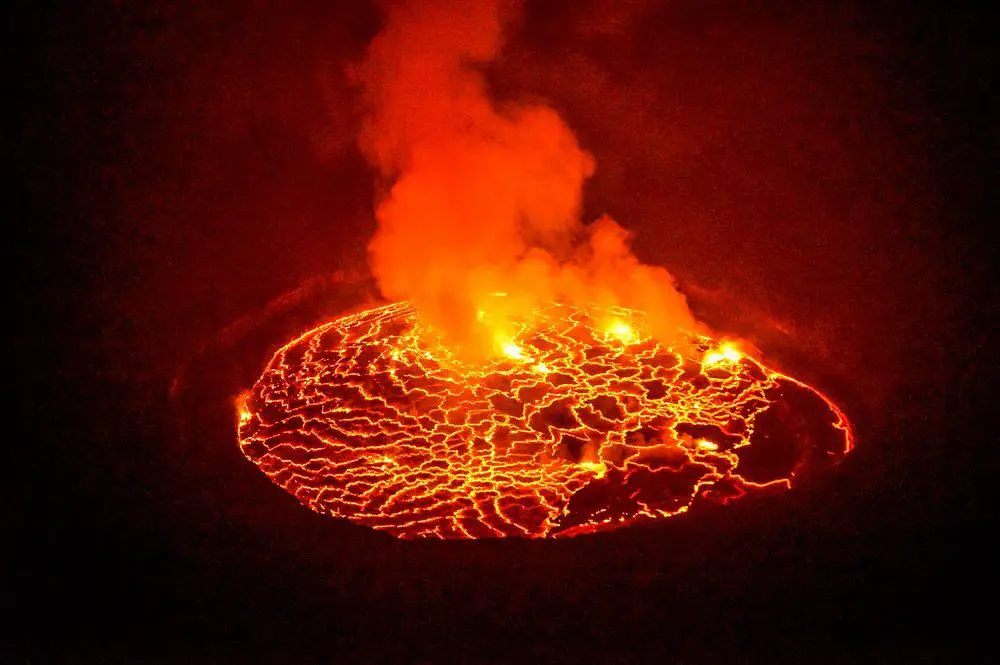


this helped me know facts
Is it impossible to see the lava in the lake? So many negative feedback from last year. By the way great article
Indeed, when looking at the comments in TripAdvisor it really sounds like the lava lake has disappeared (or hidden in smoke). This is unusual because lava lakes since the last year have disappeared also from some more volcanoes (Kilauea, Benbow, Marum) where they have existed for a long time.
Thanks for noting this!